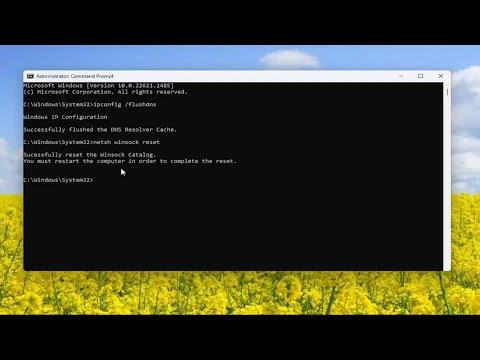When I first encountered the “Connection has timed out” error on Windows 11, I was immediately frustrated. This issue often arises when the system is unable to establish a connection to the internet or a specific server, leading to interruptions in online activities. To tackle this problem, I decided to delve into several troubleshooting steps that could potentially resolve the issue.
My first approach was to ensure that the issue wasn’t a result of a temporary glitch in the system. I restarted my computer, hoping that a fresh start might fix the connection problem. Surprisingly, this initial step often helps to clear up minor issues and reset any temporary problems affecting connectivity.
Next, I turned my attention to my network equipment. I checked my router and modem, as these devices are crucial for internet access. I ensured that all cables were securely connected and that the devices were powered on. Sometimes, simply rebooting the router and modem can resolve connection issues. I unplugged them, waited for about 30 seconds, and then plugged them back in. This process, known as power cycling, can refresh the network connection and potentially solve the problem.
If the issue persisted, I considered the possibility of a problem with the network settings on my computer. I accessed the Network and Internet settings in Windows 11 by navigating to Settings > Network & Internet. I checked the status of my network connection to ensure that my PC was properly connected to the network. If it appeared connected but still didn’t work, I proceeded to troubleshoot further.
One step I took was to reset the network settings. This can help resolve issues with network configuration. I went to Settings > Network & Internet > Advanced network settings > Network reset. I followed the prompts to reset my network settings, which reinstated default settings and removed any potential misconfigurations that might have been causing the connection problem.
Another important aspect I checked was the Windows Firewall and antivirus settings. Sometimes, these security features can mistakenly block internet connections. I reviewed the firewall settings to ensure that my browser and other internet applications were allowed through. If needed, I temporarily disabled the firewall and antivirus to see if they were causing the issue. However, I always made sure to re-enable them afterward to maintain security.
DNS (Domain Name System) issues can also lead to connectivity problems. To address this, I changed my DNS server settings to use a public DNS service like Google’s DNS or Cloudflare’s DNS. I went to Settings > Network & Internet > Properties of my network connection > Edit under DNS server assignment. I selected the option to manually enter DNS server addresses and inputted Google’s DNS servers: 8.8.8.8 and 8.8.4.4. For Cloudflare, I used 1.1.1.1 and 1.0.0.1. Changing DNS servers can sometimes improve connection reliability.
Additionally, I checked for updates to ensure that my Windows 11 operating system was up to date. Sometimes, updates can address bugs and improve system performance. I went to Settings > Update & Security > Windows Update and checked for any available updates. Installing the latest updates can often resolve underlying issues affecting connectivity.
I also considered the possibility of a problematic network driver. I updated my network adapter driver by going to Device Manager, locating my network adapter under Network adapters, right-clicking on it, and selecting Update driver. I allowed Windows to search automatically for updated driver software. Outdated or corrupt drivers can sometimes cause connectivity issues, and updating them can resolve such problems.
If none of these solutions worked, I explored the possibility of a more specific issue with the network connection itself. I ran the built-in Windows Network Troubleshooter by going to Settings > Update & Security > Troubleshoot > Additional troubleshooters > Internet Connections. The troubleshooter can detect and fix various network issues automatically.
In some cases, the problem might be related to the specific website or service I was trying to access. To determine if this was the case, I tried connecting to different websites or services. If other sites worked fine, it could indicate that the issue was with the particular website or service rather than my network connection.
Ultimately, if the issue still wasn’t resolved after trying all these steps, I considered contacting my Internet Service Provider (ISP). There could be an outage or a problem on their end that was affecting my connection. By reaching out to them, I could get more information and assistance in resolving the issue.
Through this process, I learned that fixing the “Connection has timed out” error on Windows 11 involves a combination of basic troubleshooting steps and more detailed checks of network settings, security features, and drivers. Each step is crucial in diagnosing and addressing different potential causes of the problem. By following these steps, I was able to resolve the connectivity issue and restore my access to the internet.
